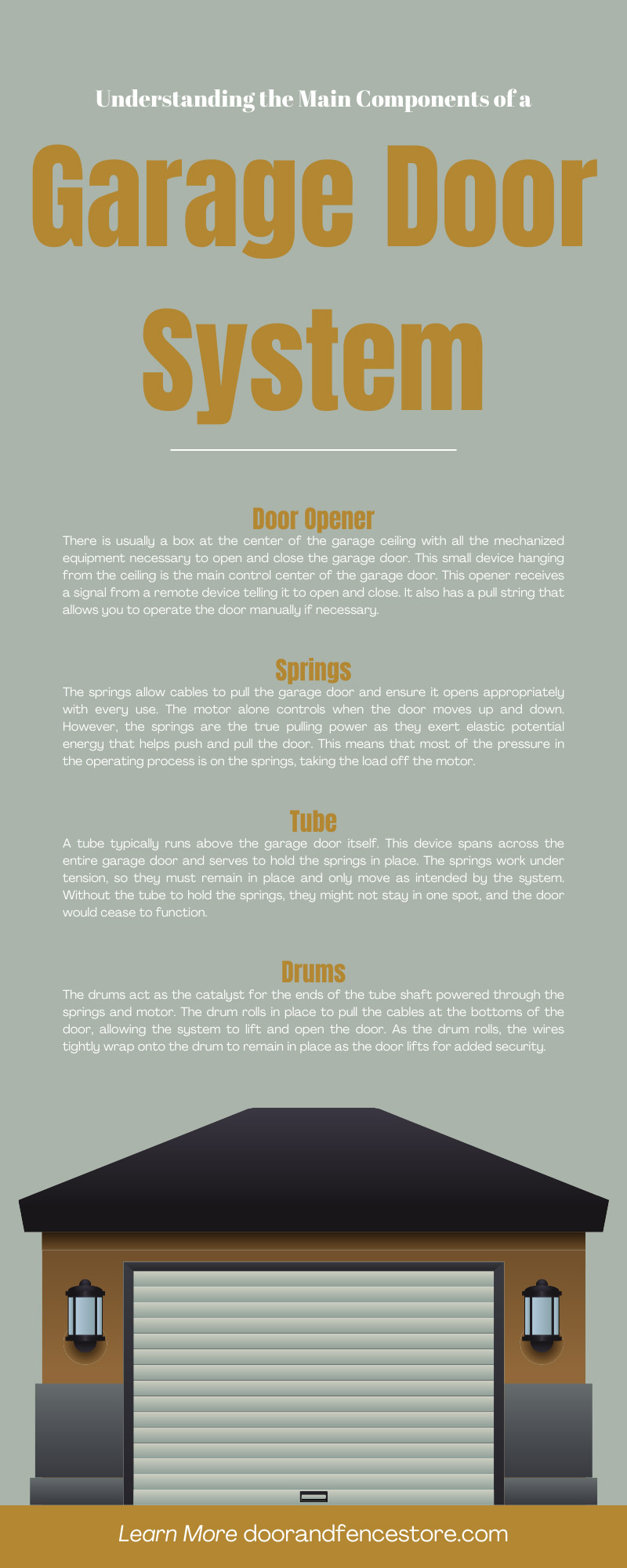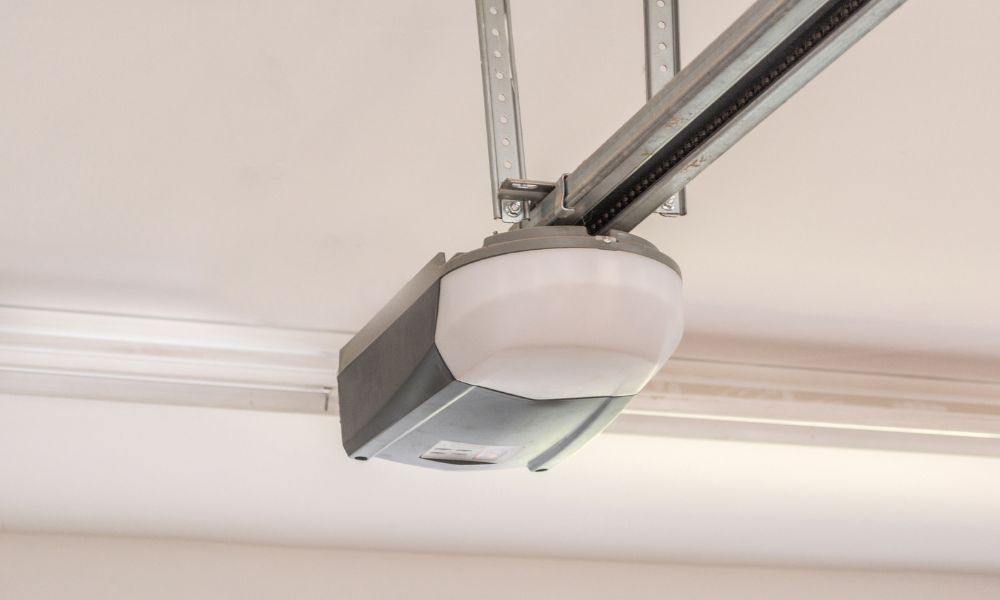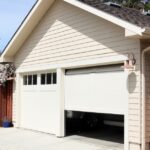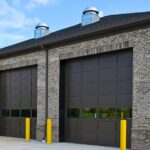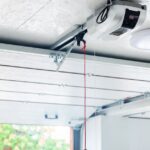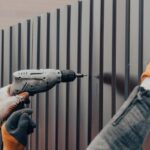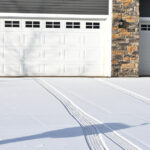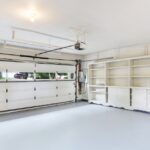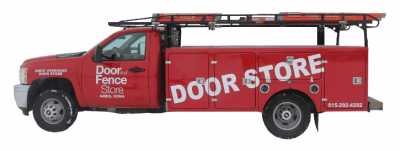If you own a fully automated garage door, it is necessary and even essential to know how it functions. Understanding how any machine functions often involves going through each part and investigating how it contributes to the mechanism as a whole. Read on to learn about the main components of a garage door system, whether for maintenance issues or your knowledge of how it operates.
Door Opener
There is usually a box at the center of the garage ceiling with all the mechanized equipment necessary to open and close the garage door. This small device hanging from the ceiling is the main control center of the garage door. The garage door opener receives a signal from a remote device telling it to open and close. It also has a pull string that allows you to operate the door manually if necessary.
Springs
The springs allow cables to pull the garage door and ensure it opens appropriately with every use. The motor alone controls when the door moves up and down. However, the springs are the true pulling power as they exert elastic potential energy that helps push and pull the door. This means that most of the pressure in the operating process is on the springs, taking the load off the motor.
Tube
A tube typically runs above the garage door itself. This device spans across the entire garage door and serves to hold the springs in place. The springs work under tension, so they must remain in place and only move as intended by the system. Without the tube to hold the springs, they might not stay in one spot, and the door would cease to function.
Drums
The drums act as the catalyst for the ends of the tube shaft powered through the springs and motor. The drum rolls in place to pull the cables at the bottoms of the door, allowing the system to lift and open the door. As the drum rolls, the wires tightly wrap onto the drum to remain in place as the door lifts for added security.
Cables
You can spot the cables where the door seals meet the opening mechanism. They are on either side of the door and connected to the drum. These cables are the workhorse of the total machine, as they are the apparatus that pulls, opens, and shuts the door with every command. They are essentially like the arms of the door.
You should check your garage door’s cables often to ensure no metal fibers appear broken or deteriorated, as wear and tear could cause a fault in the system. Issues like aging cables may result in the door not operating or potentially falling, which would be hazardous.
Rollers and Tracks
On both sides of the door frame, from the seal to the back end past the motor, you will notice a track with wheels or rollers where the door connects to the rest of the system. This rolling track secures the door and keeps it on a steady path throughout its life cycle. Without this track, it could not operate as efficiently or as intended. When the garage door sits on the track properly, you can move it smoothly and safely up and down the track for uniform operation every time.
Brackets and Hinges
Brackets and hinges keep everything in the system connected to itself and your garage. Without the effort of your brackets and hinges, you would have parts breaking and falling all over the place. These pieces hold the tracks, cables, and even the garage door mechanism. Essentially, the brackets and hinges are the backbones of the entire operation. If you ever find yourself inspecting your equipment, it’s wise to fasten down the nuts and bolts on your brackets and hinges for added security. The vibrations from operating the door will loosen them over time.
Weatherproof Seals
These parts fit on the bottom and side edges of your garage door and create an air-tight, weatherproof seal that keeps the elements out of your garage. The strip also helps to lock and seal the door in place. This seal creates a climate inside your garage, which also helps to keep your home at the desired temperature and, in turn, lessens your energy bill. Seals can prevent moisture from ruining items in your garage and limit the number of insects and other small wildlife that may try to set up shop in your garage.
Safety Sensor
The safety sensor uses photo eye sensors to ensure the automatic operation of your garage door doesn’t lead to issues. The sensors around the edges rely on laser technology, and if the door is in the middle of an operation and something or someone passes the laser sensor, the door will stop moving. This function can prevent any severe emergencies from happening in the future. The assorted metals in these door systems can be quite cumbersome. Without these safety features in place, automated garage doors run the potential of becoming real hazards.
Emergency Cord
Another handy safety feature included in an automated garage is the emergency cord. This cord hangs from the center of the operating mechanism in the middle of the garage. You can use it at any time to disengage the door from the motor. This simple mechanism allows for manual operation when you need to address maintenance, in an emergency, or when the power may be out. Safety mechanisms like the emergency cord allow you to retain control over your garage door even without the motor system.
Understanding the main components of a garage door system allows you to operate your system with confidence. Fortunately, garage doors are often easy to maintain. In the event that you notice damage to any of these components, you can turn to our knowledgeable team at The Door and Fence Store for garage door repairs in Ames, Iowa. We can tackle just about any issue, from a garage door that’s no longer on the track to broken cables and springs that keep your door from working.
